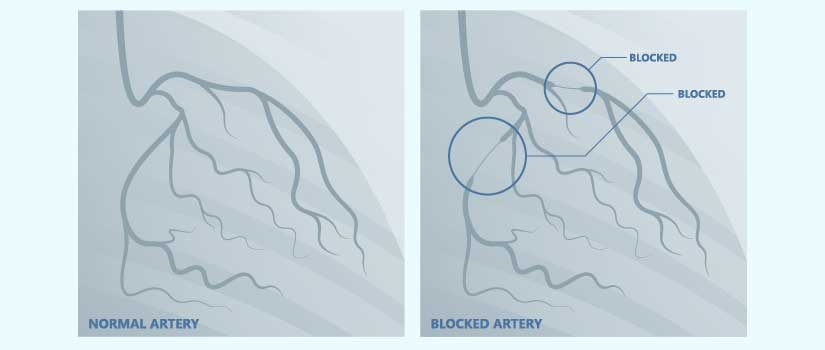
Coronary Angiography
A coronary angiogram is a test that uses X-rays to look at the heart's blood vessels, called the coronary arteries. It's usually done to see if a blood vessel is narrowed or blocked. A coronary angiogram is most often used to diagnose coronary artery disease.
A coronary angiogram is part of a general group of heart tests and treatments called cardiac catheterization. Cardiac catheterization uses one or more thin, flexible tubes, called catheters. The tubes are placed within the major blood vessels of the body and the heart. The test requires a small cut in the skin. During a coronary angiogram, a treatment called angioplasty and stenting can be done to open any blocked arteries.
Sometimes, a computerized tomography (CT) machine is used to look at the heart's blood vessels. This type of angiogram doesn't need tubes placed inside the body. It's called a coronary CT angiogram (CCTA). It may be done to determine whether someone needs cardiac catheterization. A narrowing or blockage in the vessels cannot be treated during a CT angiogram. If the test shows a blocked or narrowed artery, the catheter type of coronary angiogram must be done. Important Links

